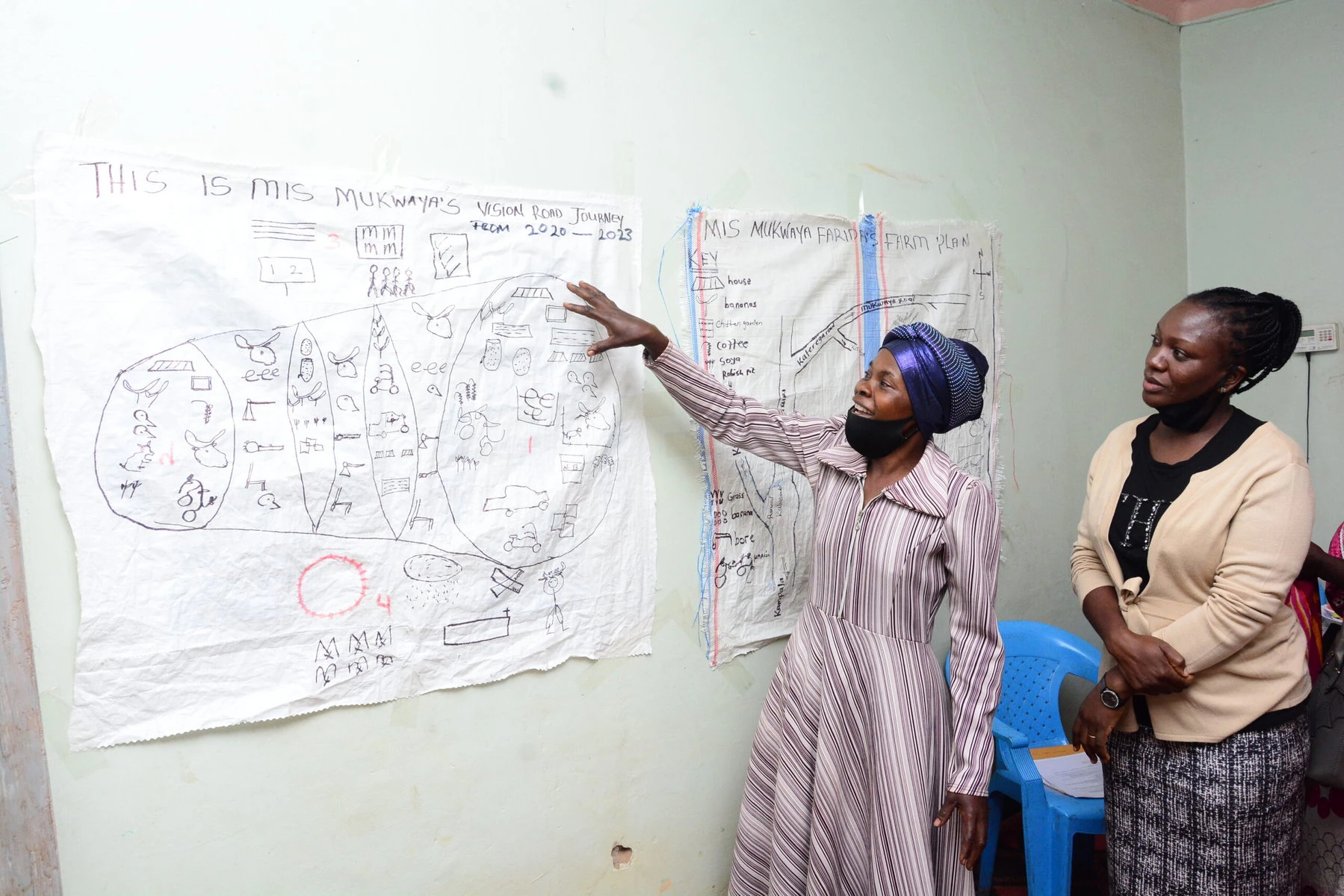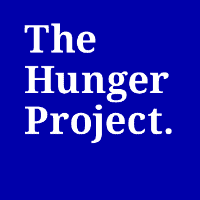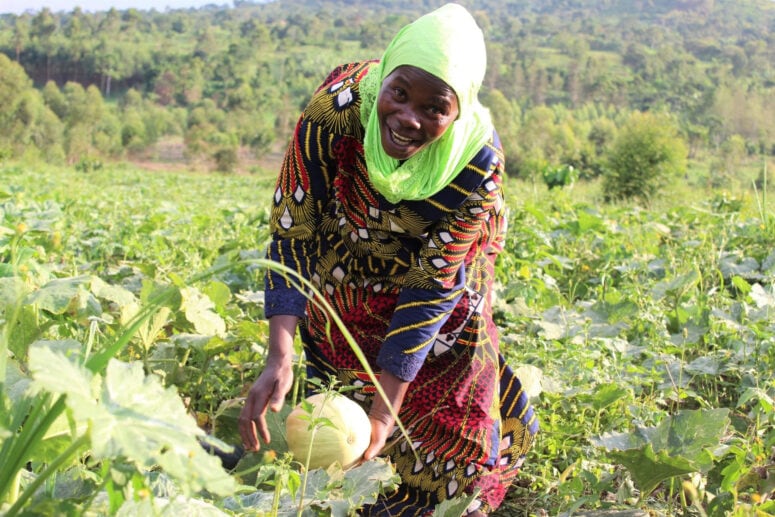This article is by Peter Yeung and originally ran in Reasons to be Cheerful.
Bulbous green squashes larger than a young child are piled up on the floor of Faridah Nakayiza’s lounge. Outside, a thick branch of freshly cut, bright yellow bananas is balanced on the back of her bicycle. Over in her backyard, a small oasis of tropical vegetation, a cluster of juicy papayas hangs from the trees.
“Before I looked older, but now I look much younger,” says Nakayiza, a 44-year-old from the village of Bulugu in central Uganda. “It’s because I can feed myself better, I can eat all kinds of nutrients. And I grow it all myself.”
The upturn in Nakayiza’s fortunes began in 2018 when the mother of eight signed up at a local facility known as an “epicenter.” These spaces, launched by global nonprofit The Hunger Project, offer a range of ecological and agricultural services to about a dozen nearby villages. They have been the catalyst for empowering communities to feed themselves — with the aim of finally putting an end to the scourge of world hunger.
At Uganda’s 12 epicenters, which each serve up to 15,000 people, community members are taught how to set up and manage communal farms. They learn regenerative agriculture practices such as composting, intercropping and drip irrigation. These techniques have in turn helped promote biodiversity and improve crop yields and soil fertility. Epicenters take a holistic approach to fighting hunger: they usually include a bank, a nursery school, toilets, clean water and a medical clinic.

Faridah explains her vision road journey, Uganda 2022
Each is run by a leader elected by the villagers, and soon after taking the post, they hold a workshop together to identify the community’s most pressing issues – such as health care, access to water, or food insecurity — to inform how the epicenter will be run. The leaders are supported by voluntary “animators” who help mobilize the community. After five years, the epicenter must become self-reliant — meaning it must run without external support. Ten have already reached this benchmark.
The Hunger Project’s model runs contrary to past efforts to cut malnutrition across rural Africa, according to Irene Naikaali, the nonprofit’s country director for Uganda. During the 1980s and ’90s, development aid was focused on programs to deliver food and supplies — but ones that always disappeared once the funding dried up. Long-term food security, she argues, can only be achieved if people are independent.
“We felt the charity-based approach was not helping our communities to become self-reliant,” says Naikaali. “The best way of solving world hunger is not a ‘relief’ model that creates dependency and so actually worsens the problem. Communities have to be at the forefront of anything that will work in the long term.”
To continue reading, visit Reasons to be Cheerful.

